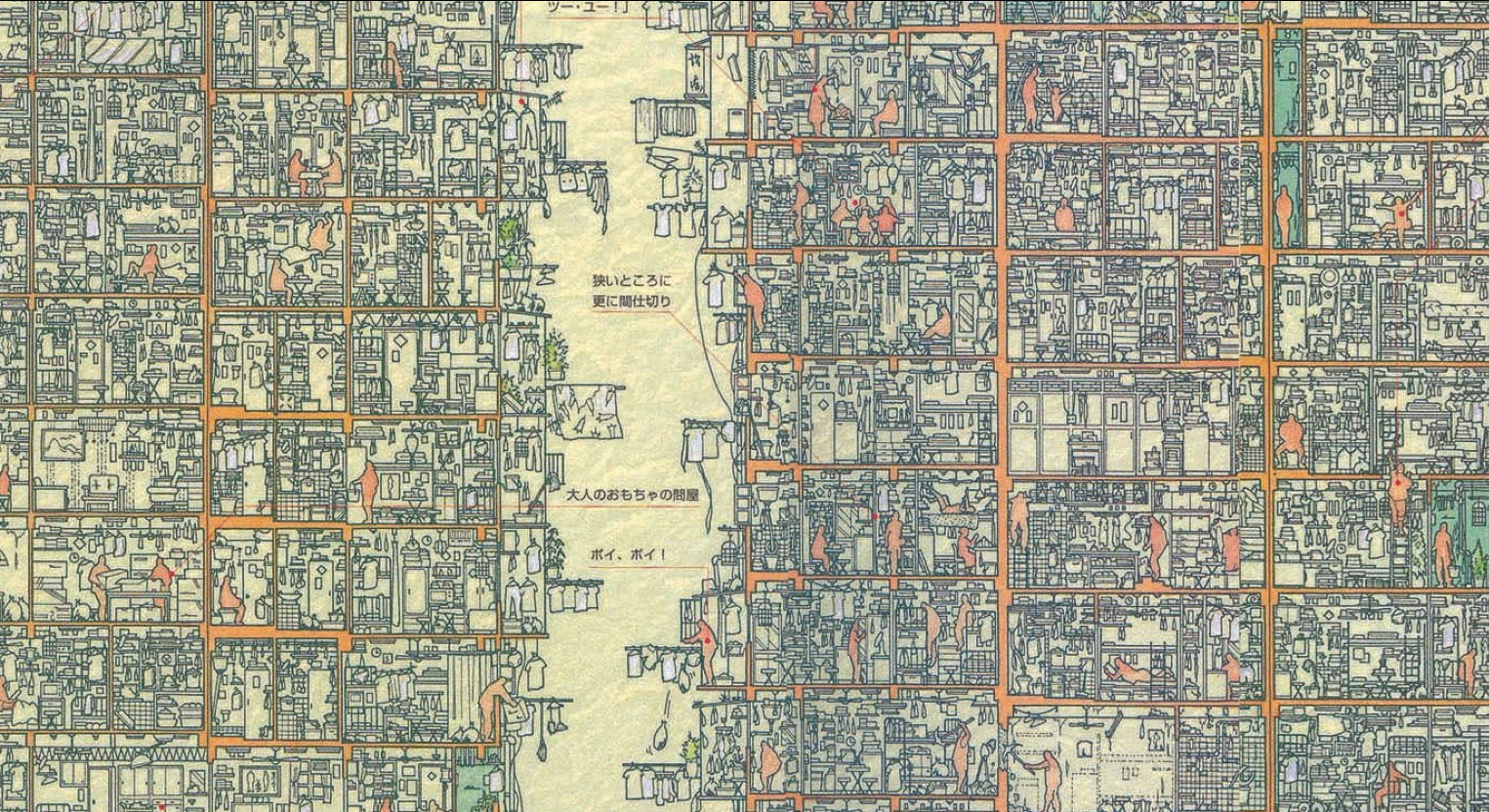- Student of The World
- Posts
- Designing an Organisation with a 'Frankenstein' Structure
Designing an Organisation with a 'Frankenstein' Structure
Exploring the design of an unconventional, informal, and organic organisation
The Peace Center recently transformed into a temporary, a self-regulating community space, offering artists, students, charities, and small businesses a platform to showcase their work, either for free or at minimal cost. Over six months, this pre-demolition mall space buzzed with activities of pop-ups, artistic showcases, and performances, creating a vibrant and creative landscape within an informal urban settings.
In fact, one interviewee, a photographer who setup a booth at the premises for charity work, described the whole experience as “very organic”.
Unconventional Organic Organisation
The term ‘organic’ strikes a chord with me, as it capture my fascination in how individuals naturally establish order amidst chaos and evolve by creating rules on the go. Some would term it as urban organism or informal settlement.
Kowloon Walled City
This notion isn’t a new concept. It resembles the Kowloon Walled City, which was a densely populated and largely ungoverned area, yet thrived as an ingenious community. This community demonstrated an unconventional design approach “that they could think of ways to solve problems that are outside the traditional academic world.”
MIT’s Building 20
Also notable is MIT’s Building 20, “The Magical Incubator,” a temporary (50 years?!) structure designed during World War II. Known for its flexible design, the building allowed modifications like wall adjustments to suit the evolving needs of research teams. Its unconventional and open layout promoted collaboration and spontaneous idea sharing among occupants, hosting diverse research labs and projects that spurred significant breakthroughs across various disciplines.
The Land
We also have the children’s playground, “The Land,” in Wales, which reimagines the concept of a playground, offering an unstructured, natural environment filled with raw materials like wood and tires, promoting child-led, exploratory play. Emphasising ‘risky play,’ children are encouraged to engage freely, constructively, and even messily with their surroundings under watchful playworkers, nurturing creativity, problem-solving skills, and a keen sense of risk assessment.
However, my interest in this unconventional setup stems from some pressing questions.
How can one establish an organic organization in a decentralised manner?
How can a school leverage on this unconventional approach to foster creativity and learning?
How can a community reorganise itself in times of chaos without planning?
How can we replicate the notion of self-organise community in the digital space?
Part of a Whole, a Whole of Parts
I see it as designing and building a ‘Frankenstein,’ assembling parts from various sources, while simultaneously striving to breathe life into it. Though a ‘Frankenstein’ structure might initially seem disjointed or strategically unclear, akin to the creature’s first steps, it holds potential for uniqueness, scalability, dynamism, and adaptability to change.

Cross-section illustration of Kowloon Walled City, which I believe reflecting the ‘Frankenstein’ notion — part of a whole, a whole of parts. Source: ArchDaily
3 Rules for Designing a ‘Frankenstein’
At this moment, I am exploring some hypothetical approaches to ‘Frankenstein’ design. I prefer three-rule structure because three is the simplest sequence for us to absorb and remember. As the Latin saying goes, “omne trium perfectum,” which means everything in threes is perfect, or every trio is complete.
Define the boundaries
Establish perimeters because constraints drive creativity.Provide open-ended tools
In the hands of a curious, tools and toys can be interchangeable.Don’t cross the line
Avoid losing yourself or others by crossing boundaries that shouldn’t be crossed. Else, revisit rule number 1.
That’s it.
I am still experimenting with these principles, aiming for a more concrete strategy for designing an organisation in the style of a ‘Frankenstein.’
Perhaps, and maybe when the time is right, I hope to exclaim proudly, “It’s alive!”

I believe a ‘Frankenstein’ structure possesses its own functionality and uniqueness.
References and Notes
Shibuya University Network — This school exhibits characteristics of an organic structure. It leverages the city’s diverse spaces as dynamic classrooms and encourages a community-driven, flexible approach to education.
This brings me back to my earlier idea of designing a company that isn’t perfect, but rather, just right.
It also reconnects me with my earlier concept of being resourceful within defined constraints.
Hive City (Warhammer 40k) — is a massive arcology, or fully self-contained city, that is home to millions or even billions of Human beings loyal to the Imperium of Man.
Informal Settlement — “In a formal settlement, the street network is designed first, and the architecture follows within the framework set by the planning process. In an informal settlement, architecture often comes first, with the street network emerging from gaps between buildings.”